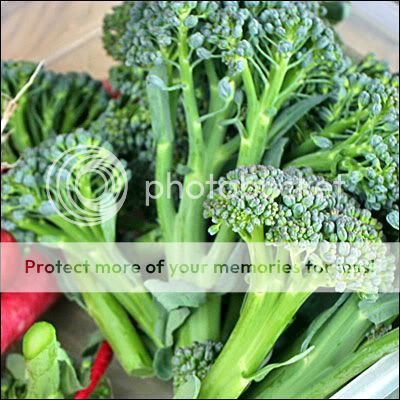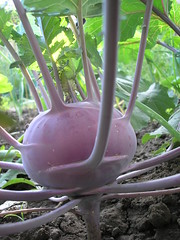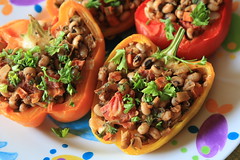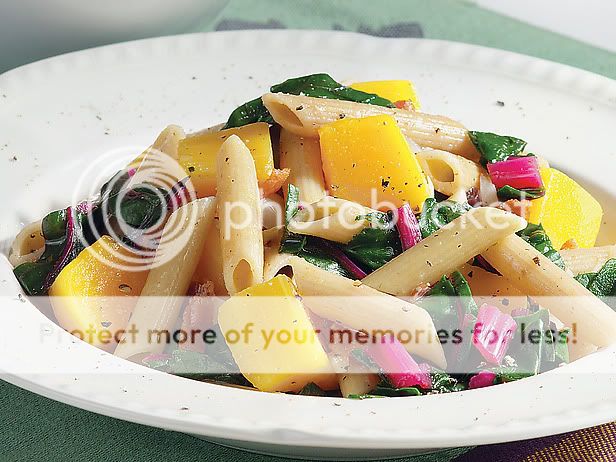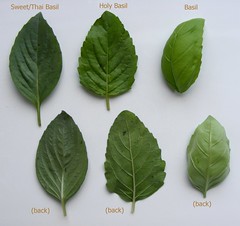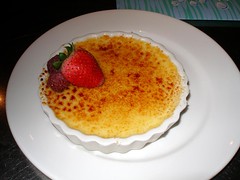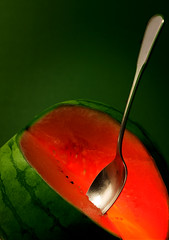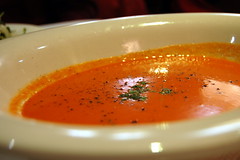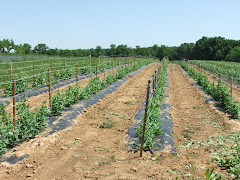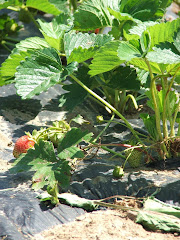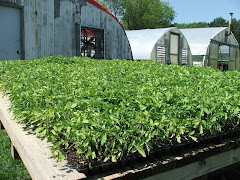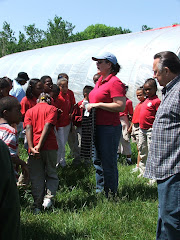
No, I don't mean you should celebrate Dr. Seuss-style and dye your Thanksgiving turkey green. There are less extravagant ways, though, to green up your table this holiday season - specifically your holiday dinner table. The central focus of Thanksgiving is always the turkey (how about a tofurkey this year?), but the vegetable side dishes and desserts can be just as attention-grabbing and delicious as the main course. Below are some of my favorite Thanksgiving side dishes and desserts that focus on local, in-season foods - and just happen to be vegan! Don't let that fool you though, a pumpkin pie with tofu in it can be just as scrumptious as one with dairy. Give these a try this holiday season, and your family and friends (and the earth!) will all be thanking you.
Roasted Winter Vegetables
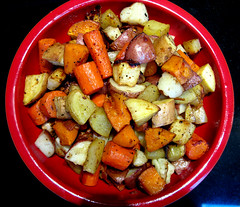
2-3 medium parsnips, peeled and cut into 1-inch thick slices
2-3 turnips, peeled and cut into 1-inch thick slices
2-3 carrots, peeled and cut into 1-inch thick slices
A few handfuls of Brussels sprouts, halved
5-7 smallish white, red, or purple potatoes, cut into 1-inch thick slices
1-2 sweet potatoes, peeled and cubed
Enough olive oil to fully coat vegetables
Sage, thyme, oregano, rosemary, salt, and pepper, to taste
Directions: Preheat the oven to 400 degrees F. Coat a shallow, large baking dish with olive oil. Place all sliced vegetables in a mixing bowl and add desired herbs and spices. Fully coat vegetables with olive oil, tossing together well. Transfer the vegetables to the baking dish, spreading out evenly. Roast for 30-40 minutes, stirring the vegetables once or twice.
Vegetarian Gravy

Courtesy of vegweb.com
1 vegetable bullion cube
2 cups water
1/2 teaspoon onion powder
few good dashes garlic powder
2 heaped tablespoon nutritional yeast
few good dashes of soy sauce or tamari (add more or less for your tastes)
1/2 teaspoon mustard
1/4 - 1/2 cup flour (start with less until it's as thick as you would like it. I use brown rice flour in mine.)
1 tablespoon vegan butter (this adds to the richness)
sea salt and pepper to taste
Directions: Combine all ingredients in pot, and bring to boil. Cook on medium low heat until done.
Apple Pie
Courtesy of ‘The Joy of Vegan Baking’
1 package pre-made pie crusts (or you can make your own crust if you have the time!)
5-6 medium-large apples, peeled, cored, and sliced ¼-inch thick*
½ cup sugar
2-3 tablespoons all-purpose flour
1 tablespoon fresh lemon juice
¾ teaspoon ground cinnamon
¼ teaspoon ground nutmeg
Pinch of salt
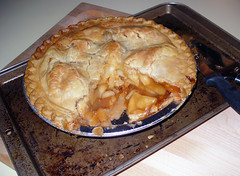
2 tablespoons nondairy butter, cut into small pieces
2 teaspoons sugar (for sprinkling on crust)
1/8 teaspoon ground cinnamon (for sprinkling on crust)
*Certain apples are much better than others for baking. I suggest using Empire, Golden Delicious, Gravenstein, Newton Pippin, Winesap, Crispin, or Granny Smith apples. Fuji, Gala, Braeburn, McIntosh, Pink Lady, and Red Delicious are usually the most common in grocery stores, but do not do very well in pies.
Directions: Roll out your bottom dough into a 13-inch round and fit it into a 9-inch pie pan. Trim the overhanging dough to ¾ inch all around. Place in the refrigerator while you prepare the filling. Roll out the dough for the top crust, fold it in half, cover, and place in the refrigerator as well. Preheat the oven to 425 degrees F. Combine your sliced apples with the sugar, flour, lemon juice, cinnamon, nutmeg, and salt. Let it stand for 10 to 15 minutes while the apples soften slightly. Pour the mixture into the bottom crust and gently level it with the back of a spoon. Dot the top with the pieces of nondairy butter. Brush the overhanging crust with cold water. Cover with the top crust, and tuck any excess pastry under the bottom crust. Crimp the edges using your fingers or a fork. Using a sharp knife or skewer, make 5 slits from the center of the pie out toward the edge of the pie to allow the steam to escape. Sprinkle with sugar and cinnamon and bake for 30 minutes. Slip a baking sheet underneath (to catch the juices), reduce the temperature to 350 degrees F, and bake until the fruit feels just tender when a knife is poked through a steam vent, or 30 to 45 minutes. Remove the pie from the oven and place on a wire rack to cool for 3 to 4 hours before cutting. This allows the filling to thicken properly. If you’d like to serve it warm, place it in the oven at 350 degrees F for about 15 minutes. Though it will keep for a few days (on the counter – not in the fridge), I think it’s best served the day it’s baked.
Pumpkin Pie
Courtesy of ‘The Joy of Vegan Baking’
1 pie crust

16 pecan halves (optional)
12 ounces silken tofu (firm)
2 cups pumpkin puree
½ cup pure maple syrup
½ cup firmly packed light brown sugar
¼ cup cornstarch
1 ½ teaspoons ground cinnamon
½ teaspoon salt
¼ teaspoon freshly grated nutmeg
¼ teaspoon ground ginger
1/8 teaspoon ground cloves
Directions: Preheat the oven to 350 degrees F. Prepare your pie crust or remove a store-bought crust from the freezer/refrigerator. Spread the pecans, if using, on a cookie sheet. Toast for 7 to 10 minutes, or until the smell of nuts fills the kitchen. Set aside for a garnish. In a food processor, blend together the tofu, pumpkin puree, maple syrup, brown sugar, cornstarch, cinnamon, salt, nutmeg, ginger, and cloves until the mixture is completely smooth and creamy. You may have to scrape down the sides of the bowl a few times. Pour the filling into the baked crust, and smooth the top with a spatula. Bake for about 40 to 45 minutes, or until the crust is lightly browned and the outermost inch of the filling is set. Don’t worry if the center is still soft; it continues to firm up as the pie cools. Transfer the pie to a wire rack. Gently press the 16 toasted pecan halves into the filling in any design you like. Cool to room temperature and then chill until set, 1 to 2 hours. Serve chilled or at room temperature.
